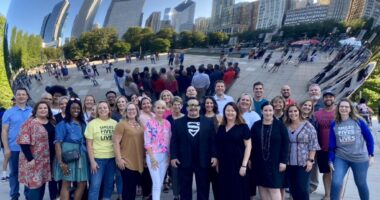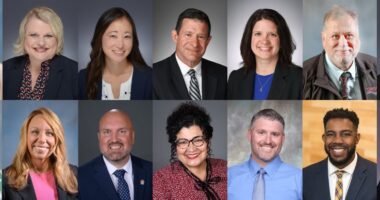How Improvement Science and PDSA Cycles Can Support You as an Instructional Leader
Session notes from “Just Work the Cycle: How Improvement Science and PDSA Cycles Can Support You as an Instructional Leader to Improve Student Achievement," presented by Ann Marie Seely and Jennifer Perry, at UNITED: The National Conference on School Leadership.

What was the speakers’ main message?
The presenters introduced leaders to the principles of Improvement Science as a structured, data-driven approach to addressing school challenges and driving sustainable improvement. Attendees explored tools like PDSA (Plan, Do, Study, Act) cycles, and how to apply these strategies to current school improvement plans. and share them with stakeholders.
What were the speakers’ best quotes?
“If you are talking about if a teaching strategy works or not and the teacher is not in the room, there is no reason to even talk about it.”
“You don’t know if you’re improving if you’re not measuring.”
What were the top ideas from the session?
One big takeaway was that you should try a strategy for 3–4 full cycles before deciding it doesn’t work; sometimes it just needs more time and consistency. The idea of Implementation Science came up a lot, showing how it’s not just about having a good strategy but also how you roll it out. We also learned about the Active Implementation Formula, which says success depends on three things: a solid practice, strong implementation, and the right support or environment.
What is one strategy to implement immediately?
Looking at the 6 Improver Dispositions with the leadership team, asking whether it is a strength or an opportunity.
- Persist Beyond Initial Improvement Efforts
- Engage in Disciplined Inquiry
- Adopt a Learning Stance
- Take a Systems Perspective
- Seek the Perspective of Others
- Possess an Orientation Toward Action
What is one strategy that will help you with instructional leadership?
One strategy that will help with instructional leadership is using the Reflective Questions from the Active Implementation Formula (Effective Practice x Effective Implementation x Enabling Context = Socially Significant Outcomes). These questions help leaders think through whether a practice is solid, if it’s being rolled out effectively, and if the school environment is set up to support it. It’s a great way to pause and make sure everything is in place before judging whether something is working. This kind of reflection can really guide stronger decisions and better support for teachers.
What are resources you will check out?
The book Learning to Improve: How America’s Schools Can Get Better at Getting Better.
Notes by Tara Falasco, principal of Blue Point Elementary School in Blue Point, New York. Read more session notes in the NAESP Conference Blog.




